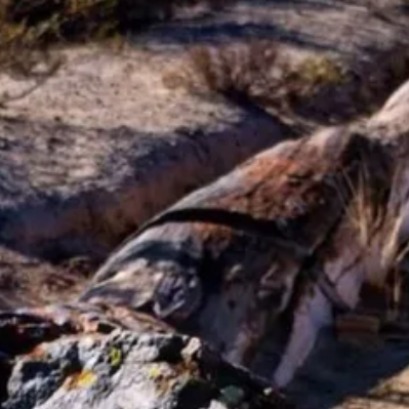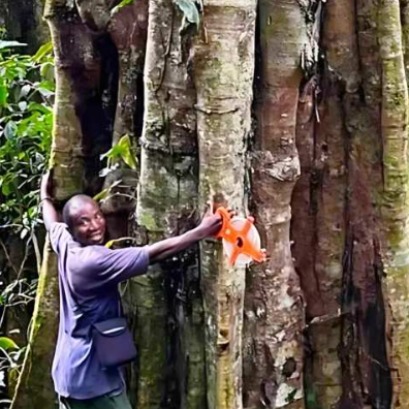
Madera microlaminada o LVL
Descripción, usos y características. Beneficios e Inconvenientes
La madera microlaminada o LVL (Laminated Veneer Lumber) tiene una gran similitud en el proceso de fabricación a la madera contrachapada. Es un material compuestos por chapas de madera encoladas en la dirección de la fibra, a diferencia de la madera contrachapada que está compuesta por una alternancia de chapas paralelas a la fibra y perpendiculares a la fibra. Esta tecnología es ideal para estructuras gracias a la elevada resistencia a flexión, uniformidad de las propiedades, poco peso y la posibilidad de curvar piezas en función del espesor de la chapa.
Este producto tuvo su auge en los años 70 usado como viguetas prefabricadas y responde a la tendencia tecnológica de homogeneizar las propiedades y conseguir mayores dimensiones en los productos de la madera.

IT MAY INTEREST YOU
 Architecture with identity: university students from Argentina and Paraguay design and build with missionary wood
Architecture with identity: university students from Argentina and Paraguay design and build with missionary wood
The Faculty of Art and Design (FAyD) of the National University of Misiones (UNaM) hosted the inauguration of the first edition of “Yvyvyrá: territory, matter and architecture”, an international workshop that promotes learning, experimentation and architectural design using wood and other materials typical of the biomes of the Atlantic Forest (Paranaense Forest) and the Humid Chaco.
 The forest of the oldest shadows: the story of the petrified trees
The forest of the oldest shadows: the story of the petrified trees
One of the natural treasures of Río Negro turns 23 years old under the protection law that allows its conservation. Where it is and how it was formed. Río Negro celebrates 23 years of conservation in the petrified forest as a Protected Natural Area (ANP). It is a space of 625 hectares that protects an exceptional site of fossil trunks that date back more than 60 million years.
 Botanists discover giant trees up to 3,��� years old in Tanzania, unknown until now by science
Botanists discover giant trees up to 3,��� years old in Tanzania, unknown until now by science
Scientists have identified a new species of giant tree, Tessmannia princeps, in the Udzungwa Mountains. This species had never before been recorded by science.





















